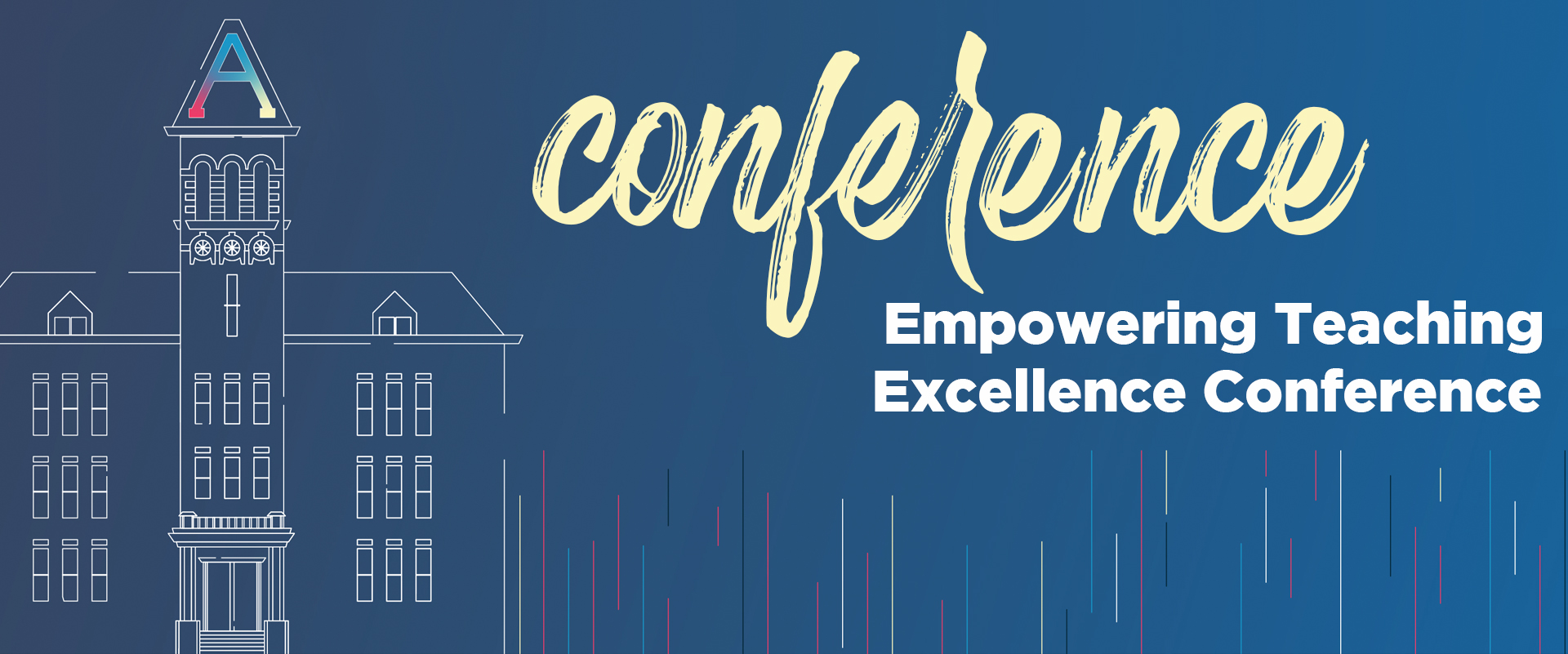Multiply-Marginalized and Underrepresented Students' Perceptions of Instruction at USU
Start Date
8-17-2022 12:00 AM
Description
As we reimagine a more inclusive academy, we must center the voices and knowledges of those most marginalized and excluded by the contours of the current system. This need to center the margins is particularly important in the wake of COVID-19, which has had greater negative impacts on underrepresented students and communities. In fall 2021, author 1 collaborated with the ETE, the Inclusion Center, and Aggies First Scholars to pilot and implement a survey for multiply-marginalized and underrepresented (MMU) students at Utah State University gauging their perceptions of the strengths and weaknesses of instruction at the institution. In this presentation, author 1 will present the exigence for this research, summarize the results of the survey, and provide concrete suggestions for faculty development and course design that can better meet the specific needs of MMU students at USU.
Creative Commons License

This work is licensed under a Creative Commons Attribution 4.0 License.
Multiply-Marginalized and Underrepresented Students' Perceptions of Instruction at USU
As we reimagine a more inclusive academy, we must center the voices and knowledges of those most marginalized and excluded by the contours of the current system. This need to center the margins is particularly important in the wake of COVID-19, which has had greater negative impacts on underrepresented students and communities. In fall 2021, author 1 collaborated with the ETE, the Inclusion Center, and Aggies First Scholars to pilot and implement a survey for multiply-marginalized and underrepresented (MMU) students at Utah State University gauging their perceptions of the strengths and weaknesses of instruction at the institution. In this presentation, author 1 will present the exigence for this research, summarize the results of the survey, and provide concrete suggestions for faculty development and course design that can better meet the specific needs of MMU students at USU.


